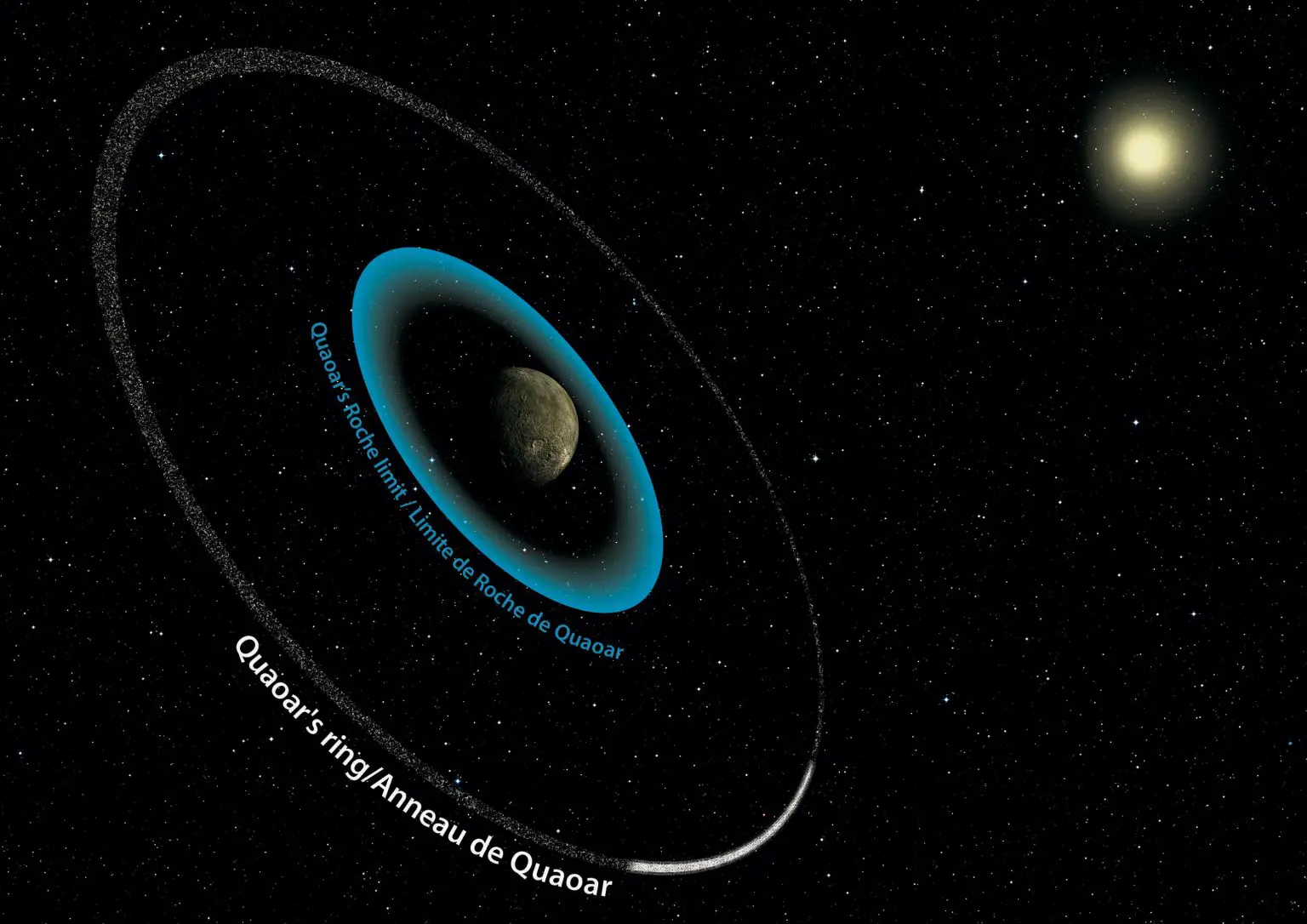The anomalies in the trajectory of planet Neptune made scientists research the next planet. They found Pluto, but Pluto is too small being the reason for those anomalies in Neptune's trajectory. So there is something really big on the edge of our solar system. And that big is somehow unknown.
Sometimes there is suggested that some kind of higher dense area in the Kuiper belt causes those anomalies. There is the theory that this object, called planet X. Surface temperature is precisely the same as its environment. That makes this object invisible to infrared cameras.
There is a possibility that this mystery planet has a 100% reflecting surface. That thing causes forming of a standing light wave that makes the planet invisible. Or maybe the quantum phenomenon in the extremely low-temperature ice makes the atoms act like wheels that pull photons and other particles inside it.
Uranus and its X-ray flares. (LiveScience.com)
There is a couple of possibilities that the mystery object that causes those anomalies in Neptune's trajectories could be.
1) Yet unknown large frozen planet.
2) Small black hole.
3) Dark matter glimpse.
4) About Pluto-size object with anomalous strong gravitational field.
Artist impression of Quaoar rings. Credit: Paris Observatory (ScitechDaly.com)
Could "planet X" be the dark matter glimpse or gobs of dark matter? Sometimes those invisible gobs formed of dark matter are called dark matter glimpses (or dark matter flashes). There is hope that in dark matter gop is possible to see a glimpse of dark matter's internal interactions.
When we think about those possibilities, we must realize that. There are many strange things in the universe. Planet X may be the object with the strange gravitational field. JWST telescope discovered the first candidates for "dark stars" or dark matter stars. So the dark matter planet in this text means a smaller dark matter glimpse than the dark star.
There is a theory that a glimpse of dark matter can connect with the planet through gravitation. That means the dark matter "planet" and the planet formed of visible material can be in the same place. So if that theory is right we would see only visible planets and visible material in that system but we would feel the gravitational field of both of those planets.
But could dwarf planet Quaoar with its rings, guide researchers to the right track?
There are a couple of other mysteries in Kuiper's belt. There seen X-ray flares in the Uranus' atmosphere. There is the possibility that those X-ray flares can have a connection with that mysterious gravitational effect called "Planet X". If there is some object with a powerful magnetic field in the Kuiper's belt that magnetic field could accelerate ions and if those ions speed is high enough that can cause the X-ray effect in Uranus' atmosphere.
The second mystery is the dwarf planet Qauaoar and its ring system. That dwarf planet is extremely small and it should not have those rings. But there is a magnetic field that makes the strong magnetic field that captures dust and ice to orbit the dwarf planet Quaoar.
Quaoar's strong magnetic field can form in its atmosphere or ionized gas that orbits it. The plasma that Quaoar captures around it may act like a generator. That dwarf planet cannot have a melted core. So the plasma that orbits the dwarf planet can act like a generator.
In some models, the plasma around dwarf planets can form maser-emission. The maser emission from that plasma can be similar to black holes. But it's weaker. But it's possible that. This kind of effect can transform the gravitational field of some small object to extremely strong. We know that electricity can increase the mass of the object. And the plasma that orbits that object loads energy into it. That increases its mass. But the only thing that we really know about this mystery object is that there is an unknown gravitational effect in our solar system.
https://www.livescience.com/uranus-x-ray-radiation-detected.html
https://scitechdaily.com/space-mystery-unexpected-new-ring-system-discovered-in-our-own-solar-system/






No comments:
Post a Comment
Note: Only a member of this blog may post a comment.